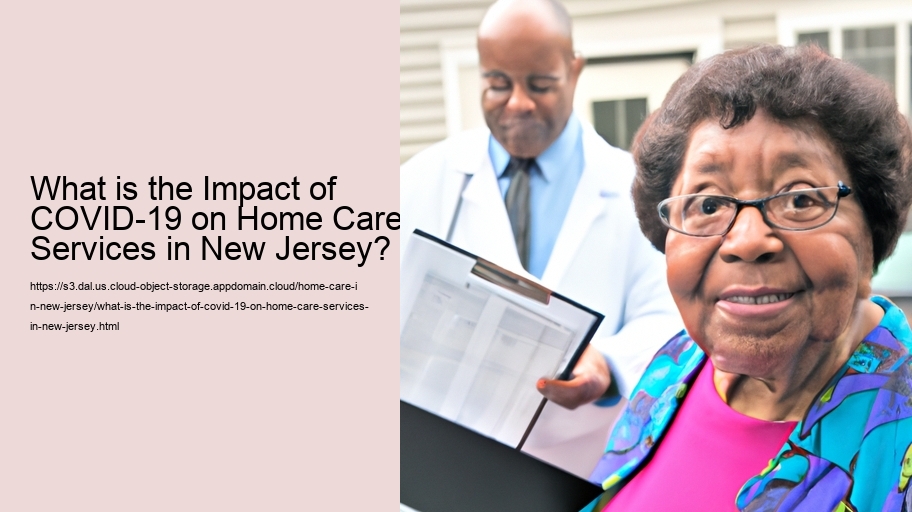The COVID-19 pandemic has had far-reaching effects on virtually every sector of society, and home care services in New Jersey have not been immune to its impact. What is Included in Home Care Services in New Jersey? . As a critical component of the healthcare system, home care services provide essential support to individuals who require assistance with daily living activities, medical care, and companionship. The pandemic has introduced both challenges and opportunities for the home care industry, reshaping its landscape in significant ways.
One of the most immediate impacts of COVID-19 on home care services in New Jersey was the heightened demand for these services. With hospitals overwhelmed by COVID-19 patients and the inherent risks of institutional care settings, many families opted for home-based care to minimize exposure to the virus. This shift increased the demand for home health aides, nurses, and other caregivers, placing a strain on an already limited workforce.
However, the pandemic also exacerbated existing workforce challenges in the home care industry. Caregivers faced increased risks of infection, leading to concerns about personal safety and the transmission of the virus to vulnerable clients. This situation was further complicated by shortages of personal protective equipment (PPE), which were critical for safeguarding both clients and caregivers. As a result, some caregivers chose to leave the profession, while others required additional support and training to adapt to new safety protocols.
Financially, the pandemic placed significant pressure on home care agencies. While the demand for services grew, the costs associated with ensuring safe operations also increased. Agencies had to invest in PPE, testing, and additional training, all while navigating fluctuating reimbursements and financial uncertainties. This financial strain was especially challenging for smaller agencies that lacked the resources to weather prolonged economic disruptions.
On a positive note, the pandemic accelerated the adoption of technology within the home care sector. Telehealth emerged as a valuable tool, allowing healthcare providers to conduct virtual visits and monitor patients remotely. This innovation not only helped reduce the risk of virus transmission but also improved access to care for individuals in remote or underserved areas. Additionally, digital platforms facilitated better communication and coordination between caregivers, clients, and families, enhancing the overall quality of care.
The pandemic also underscored the importance of home care services as a vital part of the healthcare continuum. Policymakers and healthcare leaders recognized the need to support and invest in home-based care solutions to create a more resilient healthcare system. In response, there have been calls for increased funding, improved working conditions, and greater recognition of the essential role that caregivers play in society.
Looking ahead, the lessons learned from the COVID-19 pandemic will likely shape the future of home care services in New Jersey. There is an opportunity to build a more robust and sustainable home care system that prioritizes the well-being of both clients and caregivers. This includes addressing workforce shortages, enhancing training programs, and leveraging technology to improve service delivery.
In conclusion, the COVID-19 pandemic has had a profound impact on home care services in New Jersey, highlighting both vulnerabilities and strengths within the system. While challenges remain, the crisis has also opened the door to innovation and reform. By embracing these opportunities, New Jersey can strengthen its home care services and ensure that they continue to meet the needs of its residents in a post-pandemic world.

